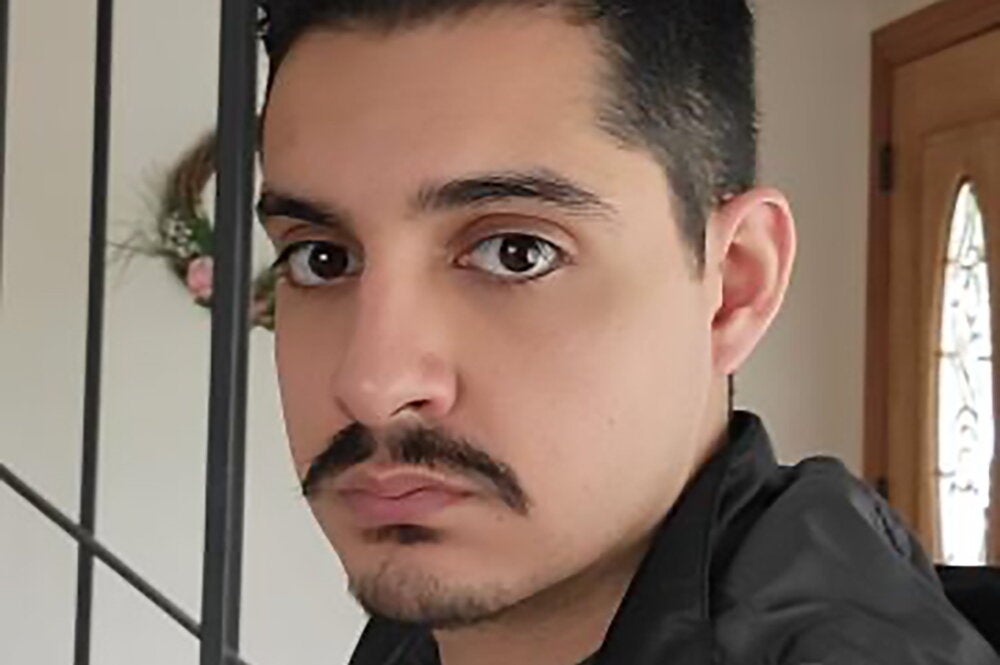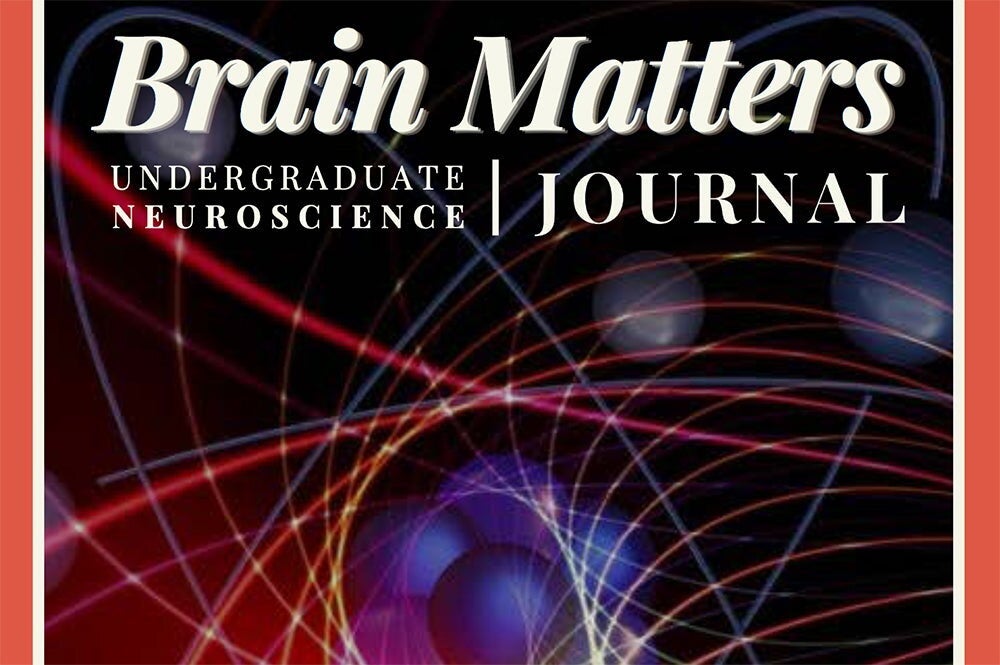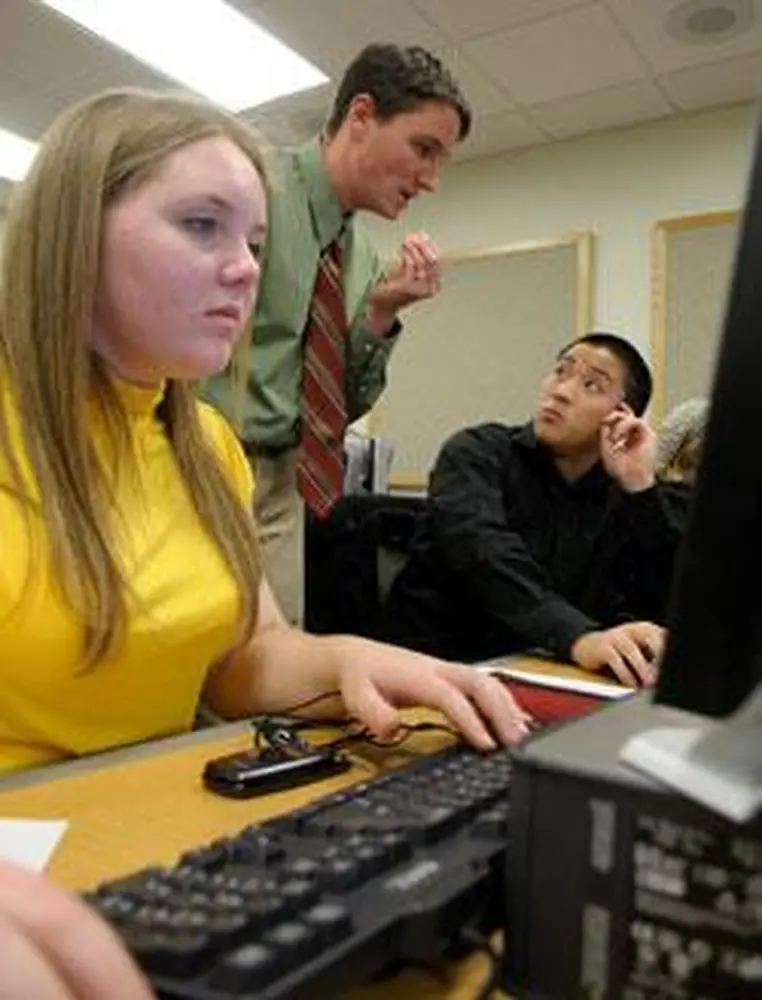
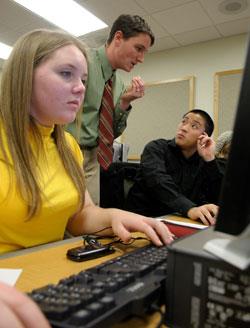
In some LAS classrooms, mastering the subject matter is only half the challenge. In addition to learning the properties of a lightning bolt, for example, or the implications of ancient cultures, students are increasingly being taught how to communicate these ideas to growing audiences.
At times, one of instructor Eric Snodgrass’s atmospheric sciences classes sounds like a study in broadcasting. In a special section for honors students, hard science is accompanied by tips on how to erase the “scratch” from a voice recording (hold cheesecloth between your mouth and the microphone) or choosing effective words for a “vodcast”—a video podcast, like a short documentary, that students have posted online.
“Just get real descriptive, as if you’re writing for a five-year-old,” Snodgrass tells a group of freshmen preparing an audio transcript about lightning. “You can use numbers like 30,000 amps, 70 millionths of a second, two million volts per meter. People don’t always understand what those numbers mean, but they’re big. That’s science, but even someone who doesn’t understand it can appreciate it.”
Communicating ideas has long been a challenge in numbers-heavy fields such as engineering, but Snodgrass recognizes that the age of Web 2.0 and other technology breakthroughs threatens to mute even the most verbose students, if they don’t keep up. In the past, students in this particular class have written individual research papers, Snodgrass says, but this year he split them into study groups that delved deeply into weather phenomena, and then had them present their findings to the public in a compelling fashion using weather images, microphones, and audio editing software called Audacity.
“The end result of this class is they end up learning a lot about the subject, and they also learn about how this kind of information gets out on the Web in the first place,” Snodgrass says.
Reasons for teaching how to communicate go beyond the Internet, however. Anthropology professor Alma Gottlieb has long strived in writings and teachings to make ethnography—the descriptive study of human societies—more accessible to people new to the field. Her “Writing Ethnography” seminar course teaches anthropology majors and graduate students how to write in different genres, or styles.
“I wanted them to think of writing as multifaceted and creative,” Gottlieb says. “The scholarly paper is an important genre for scholars, but if we can go beyond it and speak to others beyond our own circle by writing in a variety of styles, I think we should.”
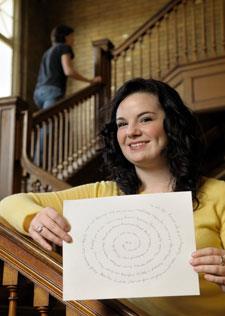
This year’s student response to her course, Gottlieb says, “blew me away.” One undergraduate student wrote a children’s book about the Roma people (commonly known as “Gypsies”) complete with hand-painted illustrations and a hand-sewn cloth cover. Another undergraduate student wrote a hand-illustrated graphic novel detailing the ways and trials of waitresses, and yet another used computer software to design a CosmoGirl-like fashion magazine—complete with cover art, headlines, articles, and photos—for women in Shanghai.
Eryka Waggoner, a senior in anthropology and world literature, wrote poems in the shape of ancient Celtic symbols. Her spiral poem, which you read while rotating the paper in your hands, spells out the life cycle of a woman, because the Celts believed in the cyclical nature of life, she says.
Though not much is known about the Celts, “there’s so much you can take from archaeology or manuscripts,” she says. “You can glean from them information and mold it into something that can be creative, and it can really be beautiful, so they’re not really a dead thing.”
The course included classmates’ reviews and criticism of her work, which she viewed as key to the learning experience.
“You think you’re pretty good already, but then you hear feedback about what they noticed, and words you didn’t think had a certain connotation but they do,” she says. “That has made me a more critical writer in terms of revising and checking over and really thinking about audience.”

